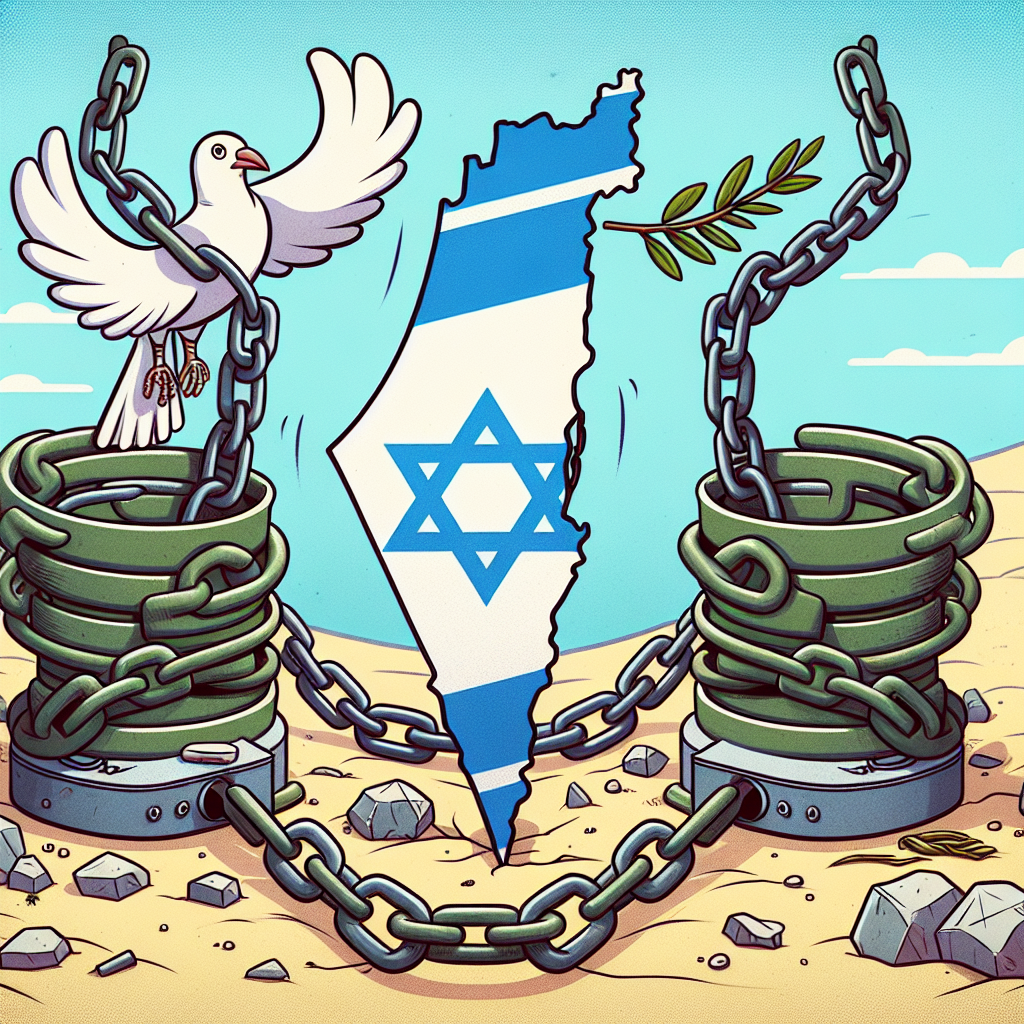Tensions and Tradeoffs: The Complex Reality of Gaza's Ceasefire
Hamas returned the bodies of two Israeli hostages amid ongoing tense ceasefire conditions. Under the ceasefire agreement, Hamas released living hostages in exchange for Palestinian prisoners. Delays in returning remaining hostages have heightened tensions, affecting U.S. President Trump's plans to resolve the conflict. Multiple airstrikes continue to destabilize the region.

In the wake of a fragile ceasefire, Hamas has returned the bodies of two Israeli hostages, Amiram Cooper and Sahar Baruch, to Israel. This comes as the region remains on edge, shaken by recent Israeli airstrikes.
The ceasefire agreement stipulates the release of living hostages in exchange for Palestinian detainees, alongside the return of deceased hostages' bodies. However, tensions simmer as delays in retrieving the remaining bodies hinder resolution efforts and fuel fears among grieving families.
Ongoing airstrikes by Israeli forces target Gaza's militant infrastructure, increasing civilian fear and instability. Displacement remains a dire issue, as thousands of Gazans are unable to return home, facing an uncertain future amid the ruins.
ALSO READ
-
Pakistan-Afghanistan Ceasefire Extended Amidst Border Tensions
-
Ceasefire Gains Ground: Pakistan and Afghanistan Navigate Fragile Peace
-
Historic Ceasefire Pact: Pakistan and Afghanistan's Commitment to Peace
-
Ceasefire Progress: Hostages' Remains Returned Amidst Gaza Strikes
-
Tensions Escalate: Israeli Raid in Lebanon Sparks Outcry









